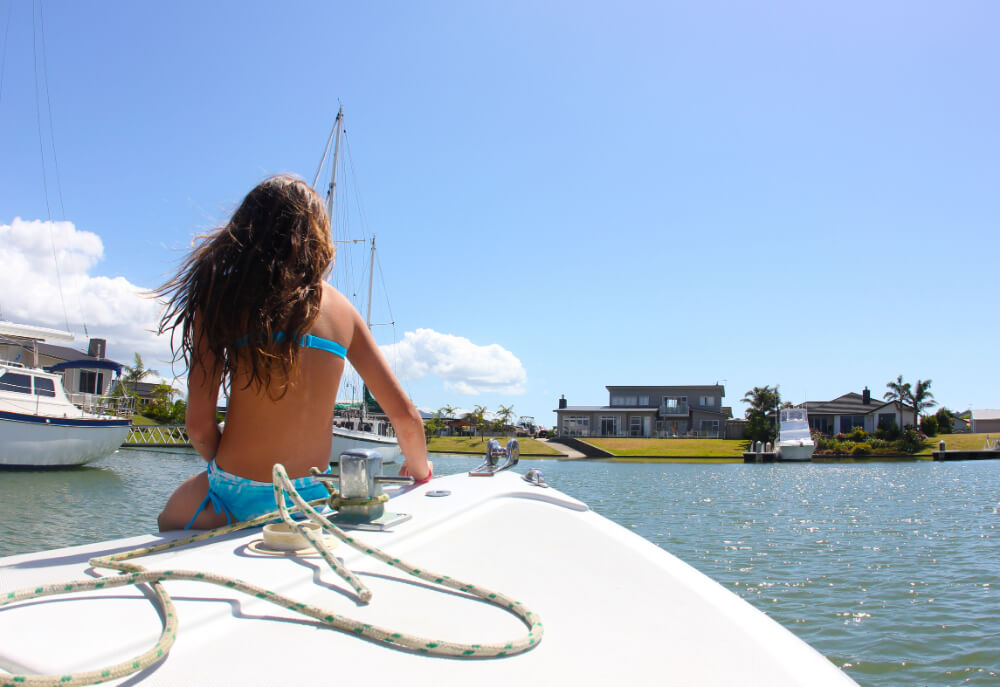Creating lifestyle through innovation and sustainability
Leigh Hopper is a visionary who in 1993 transcended the idea of the original kiwi bach by the water, by creating an entire new holiday lifestyle. Pauanui Waterways started what has become a truly innovative concept that has since been repeated by his company Hopper Developments at Marsden Cove in Northland and Whitianga Waterways on the Coromandel. Also, the holiday home inspiration has long since changed into permanent residences, where having your boat at the end of the section is commonplace.
It all started when Leigh’s father Ian and his brothers ventured into the Coromandel with the acquisition of land at Pauanui they had a vision to roll-out a modern, fully serviced beach resort. The Kopu – Hikuai State Highway was about to open, enabling ready access to the delights of the Coromandel East Coast.
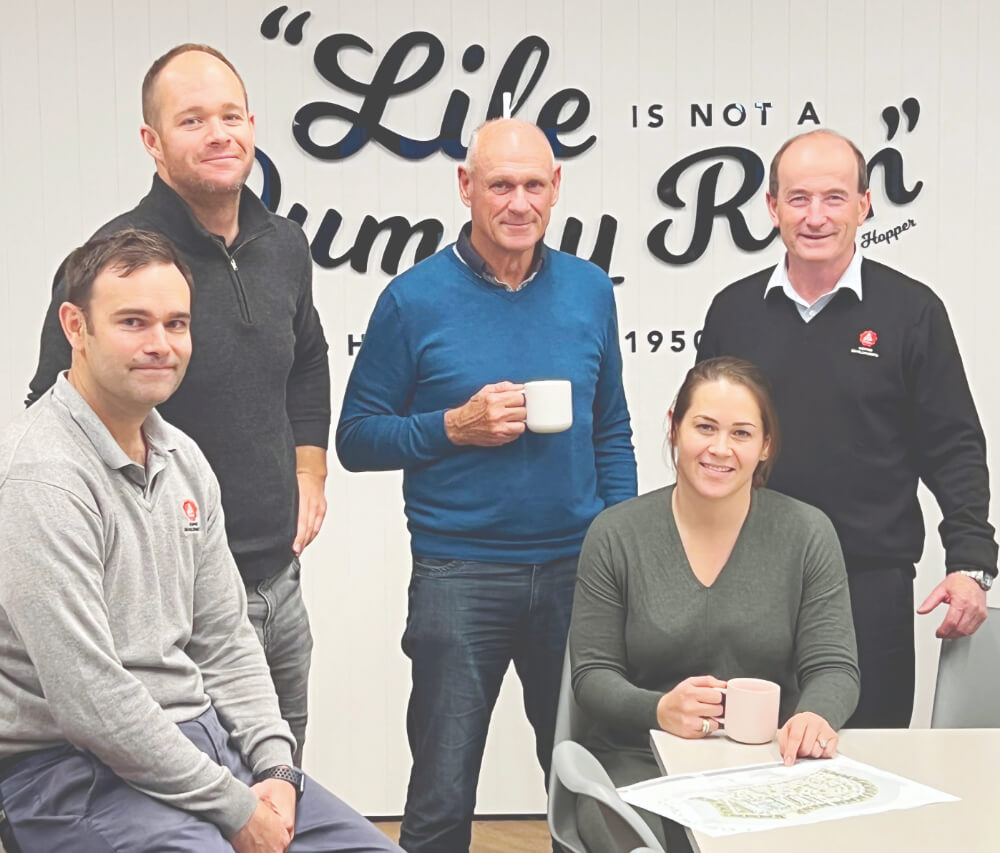
The late 60’s and early 70’s was a prosperous period and there was a market for those seeking a bach by the sea within a weekend commute. Always central to the vision was community and lifestyle when creating these developments, and these themes continued to play centre piece moving onto new projects.
PAUANUI IS BORN
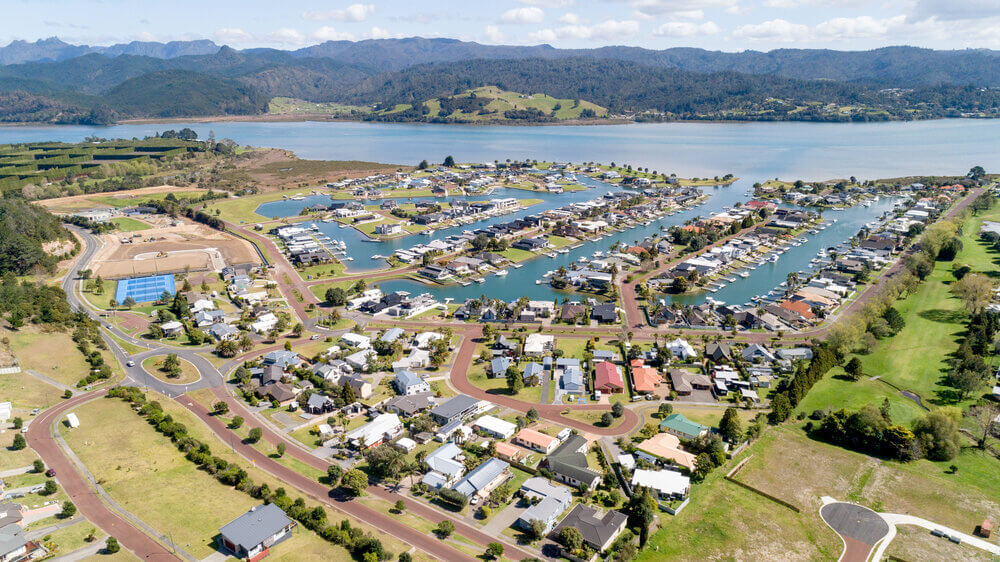
This was the kiwi dream at the time. The regulatory process to kick Pauanui off was a relative handshake compared to today’s requirements, and the then Thames County Council obliged quick haste, and works were underway within a few months of the possession of land. From there Pauanui Ocean Beach Resort was moulded stage by stage over ensuing years, consistent with a master plan that eventually included additional adjoining parcels of land. Pauanui has proved to be a very successful development, internationally acclaimed for its urban design elements.
By the early 1990s the family business had been largely divided between the two principal families of Ian and Tony Hopper. A 40ha parcel of land neighbouring the Pauanui development came up for sale. Ian and Leigh had a particular interest in pursuing a waterways-style development over this site, similar to the extensive Gold Coast projects in Queensland
The land had the prerequisites; flat, just above the high water level, sandy soil, affordable access to a navigable waterway in the Pauanui-Tairua Harbour, and available infrastructures such as sewerage, water and roading. Immediately the land was secured, they applied their minds to how to engineer and construct a waterways development, much of it below sea level.
Planning involved assessing the environmental impacts and a raft of regulatory process followed as required by the then impending Resource Management Act (October 1991). Pauanui Waterways was the first comprehensive coastal project application under this Act. There was a steep learning curve, anguish over funding, sales, and consequently a few sleepless nights. Appeals were avoided and construction commenced in 1992 with the first release of sites in 1993. The product again proved popular and the Hopper’s faith in discerning buyers seeking high amenity waterfront property was solidified. This opened doors for many kiwis, creating a safe and fun environment for residents to enjoy swimming and other water activities. Boating was made easy allowing boats to be berthed on private jetties, and much more.
WHITIANGA WATERWAYS FORMED
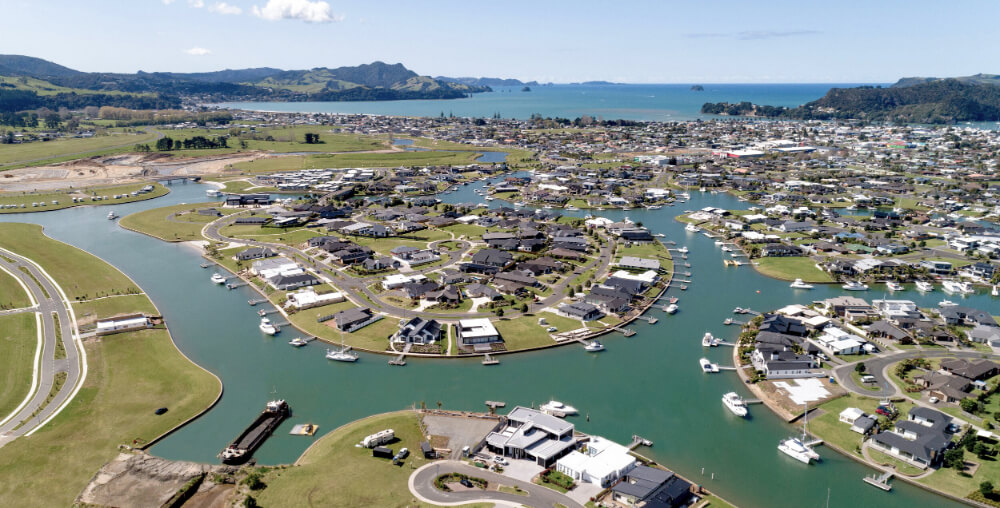
With business interests in Auckland, and Pauanui Waterways in progression, Leigh would regularly fly between the office in Orewa and Pauanui, sighting Whitianga below as he went along his route. The opportunity of replicating a waterways-style development at Whitianga was evident from aloft, and in 1997 he purchased a strategic 73ha landholding in the flatlands of Whitianga and a put joint venture proposition to four adjoining landowners. The deal was done and a new company, ‘Whitianga Waterways Ltd’, was formed.
Again, he set to the task of establishing a structure plan for the combined area (220+ ha) and pursued an assessment of environmental effects. Whitianga Waterways was, however, a little more complicated, with a need to redirect the state highway to enable a canal network to be forged into the land while retaining a strategic route into the town centre.
Other additions were planned; the airfield needed to be extended to address future air services, major sewer and potable water mains were required to service the 1500 lot project, plans for national retailers, comprehensive retirement developments with aged care facilities, waterfront retail, medical facilities and marine servicing, were all integrated into a Comprehensive Development Plan.
In support of the plan followed a Plan Change, Subdivision Application for the initial stage, 24 Resource Consents for physical works, Iwi protocols, and again a suite of Restricted Coastal Permits. Consent timelines extended to two years including an appeal which was referred to the Environment Court with a favourable determination only to be vetoed by the Minister of Environment, but reversed two weeks later by an amendment to the Hauraki Gulf Maritime Park Act. What a time!
This was the period Leigh says he lost his hair. Only with the support of the community, led by the infamous Joan Gaskell (Community Board Chair), urgency was achieved to address the veto. At one stage he recalls attending a meeting in the packed Whitianga Community Hall. Joan called for a show of hands for those prepared to hop on a bus and head to Wellington to camp on the front door of Parliament to protest the injustice of a Minister overturning a Court decision. Leigh remembers they could have filled a few buses. Jim Anderton was acting PM at the time and both Joan and Leigh had some interesting discussions with him directly. To his credit, he expedited the amendment, and it stands as one of the fastest, if not the fastest piece of legislation to have ever been put through.
Because of this, Whitianga has become immensely popular, emerging as the major centre on the Coromandel, with much more future growth to come.
MARSDEN COVE ON STREAM
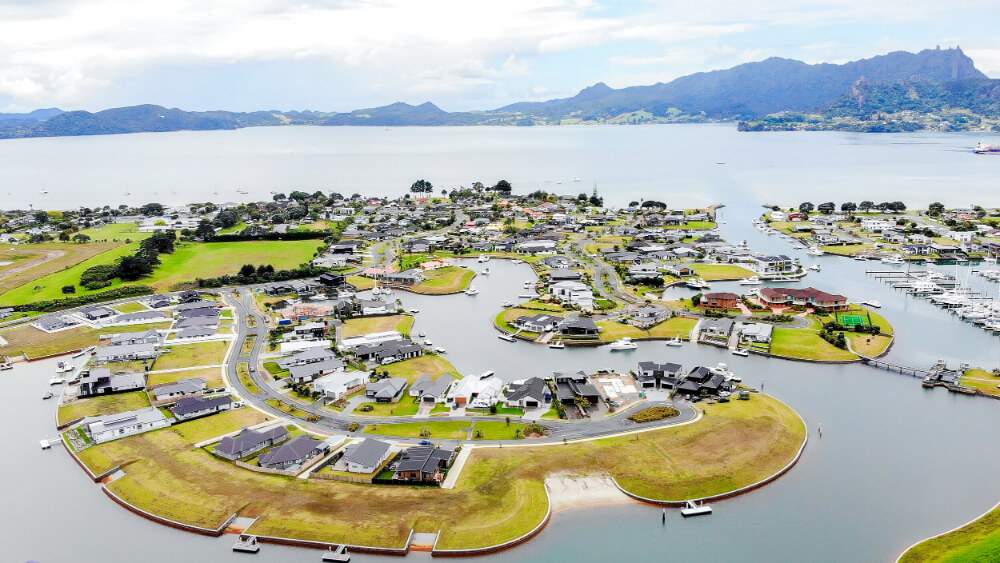
Leigh saw the potential in what was once low lying and unproductive farmland near the coastal town of One Tree Point, located near the entrance to the Whangarei Harbour, and less than two hours from Auckland City, as ideal. Hoppers partnered with Northland Port Corporation, the principal landowner, and sought to wade through the ever-increasing mountain of consents required (37 Resource Consents, would you believe). Construction began in 2005 and the first stage of the project was officially opened in 2007 in grand style.
Marsden Cove is unique in that the project has been developed around a 230+ berth marina and retail village. Part of the canals includes one of Australasia’s largest working residential locks, which can accommodate vessels up to 20m long. The computer driven loch is activated via remote control and is easily navigated by even the least technically minded owner. A minimum draft of 2.5m is maintained in all stages throughout the development giving great access for a wide range of vessels.
The tidal rise and fall at Marsden Cove is on average 2.5m and as such a lock was preferred for the further stages. This provides a unique point of difference and creates a higher amenity value for residents with only a 700mm rise and fall above the loch and weir.
Roughly halfway through completion of development, Marsden Cove has proven to be the premier lifestyle and residential destination in the Whangarei District.
SUSTAINABILITY
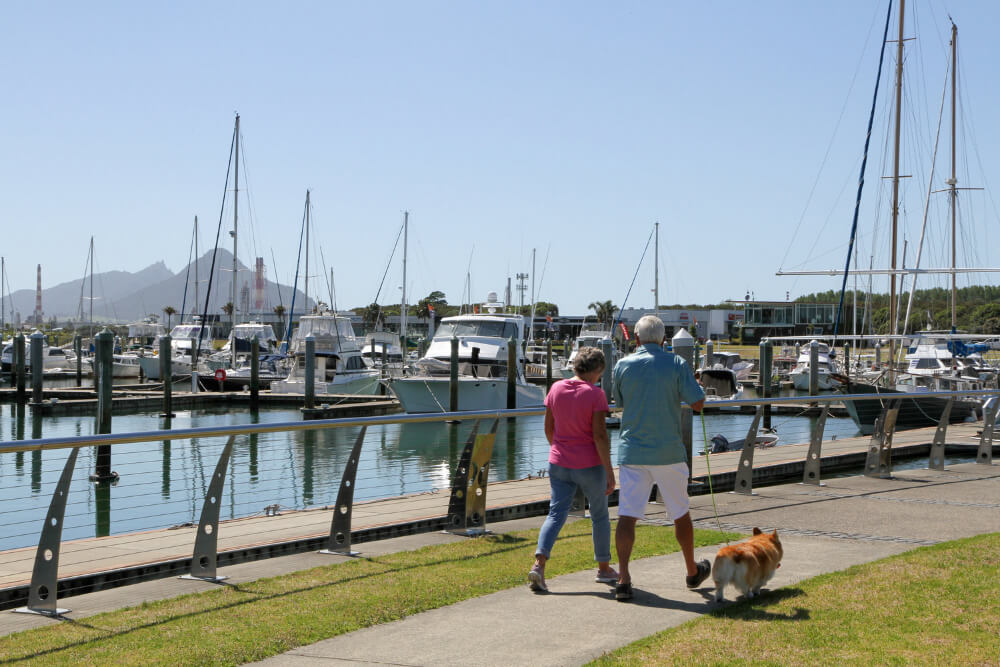
Maintaining the water quality in the waterways has always been a major focus. This is done through regimented monitoring programs (which have excellent readings) and help to maintain a high quality waterway environment which promotes a healthy ecosystem, and enables safe and clean swimming water for people to enjoy. Hoppers have always maintained the vision of creating high amenity lifestyle developments as part of our larger strategy to deliver meaningful products that foster desirable neighbourhoods and communities.
Thoughtful consideration is always given to the land and its history when developing coastal areas, and Hoppers try their best to maximise the growth of both sea and bird life where possible. This follows through into development planning, always with the goal in mind to encourage green areas and landscaping, complimented with accessibility for walkways and park areas. Leigh says that they plan carefully to ensure landscaping is maximised and encouraged by not only by them, but also adopted by the residents.
THE FUTURE LOOKS BRIGHT
Hoppers continue to grow and pivot their product offerings with customer experience at the centre of their strategy. Whitanga Waterways is an example of this, where they saw the town growth potential, and what it needed to become a town where communities would not just holiday but live permanently.
Retirement living in New Zealand has never been as important as it is now with the growing aging population. Hoppers saw a gap the market that provided retirement and lifestyle centred to the Kiwi way of life, and New Zealand’s first waterfront retirement village was born, The Anchorage Retirement Village located at Marsden Cove.
Today, Leigh has chosen to retire in Whitianga Waterways and enjoys much of his time boating and exploring the Coromandel East Coast. As for the business, his two children Gray and Shana, alongside his nephew Andy, and a few key personnel such as General Manager Tim Brooks who has been with the company for 40 years, are collectively driving company activities. Gray works and lives in Orewa where Hoppers HQ is located, whilst Shana is based at the canal development at Marsden Cove. As Hoppers continues to grow, the company remains in good hands with the next generation forging ahead.


